What Are Cuticles in Nails?
The Role of Cuticles
The cuticle is a crucial component of your nails, serving as a protective barrier for the new nails growing from the nail root. This skin, also known as the eponychium, is located at the base of your fingernail or toenail. The primary function of the cuticle is to safeguard the nail matrix, where nail growth begins, from bacteria and other pathogens that can cause infection.
Cuticle Composition and Characteristics
Cuticles consist mainly of dead skin cells and provide a protective seal at the base of each nail. They are made up of a tough and resilient type of keratin, similar to the keratin found in nails and hair. This composition allows the cuticle to withstand daily wear and tear and exposure to various environmental factors.
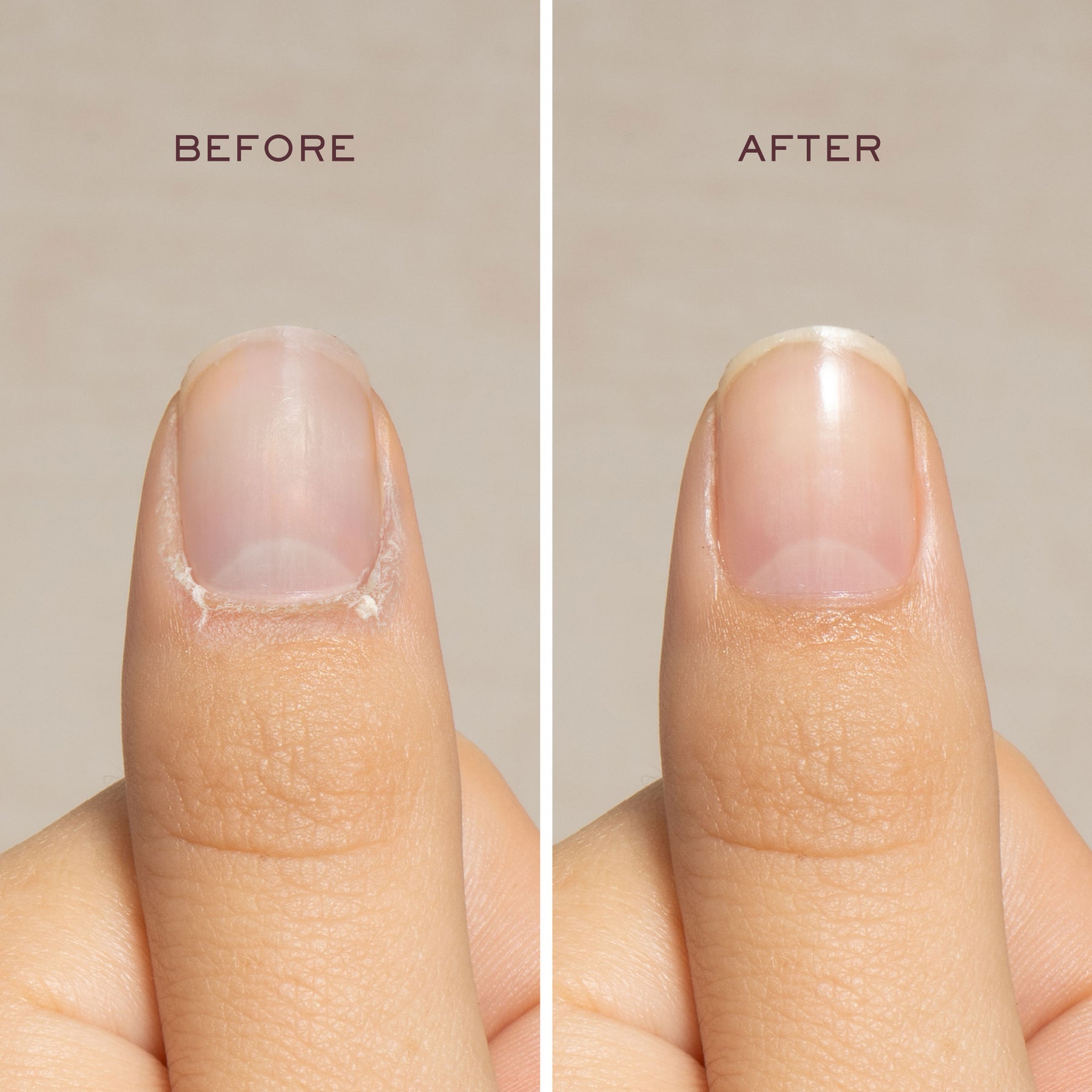
Maintaining Healthy Cuticles
Importance of Cuticle Care
Proper cuticle care is part of a comprehensive nail hygiene routine. Keeping cuticles healthy can prevent painful issues such as hangnails, cracked skin, and nail infections. Moisturizing the cuticle area regularly helps maintain elasticity and prevents them from becoming brittle or overly rigid.
Cuticle Maintenance Practices
The best practices for cuticle care include gently pushing them back during a manicure and avoiding cutting them, as this can lead to infections and damage. Using specialized cuticle oils or creams can keep them supple and support healthy nail growth. Adequate hydration and protection against harsh chemicals also contribute to cuticle health.
Common Misconceptions and Cuticle Damage
Dispelling Cuticle Myths
There are many misconceptions regarding cuticles, such as the belief that they are superfluous or should be cut regularly. However, these misunderstandings often lead to unhealthy nail treatment practices. It’s crucial to recognize the cuticle’s protective role and treat it accordingly.
Preventing and Treating Cuticle Damage
To prevent cuticle damage, it’s important to avoid excessive hand-washing without moisture replenishment and steer clear of biting or picking at the cuticles. If your cuticles are damaged, treatments include antibacterial ointments and avoiding irritants to promote healing.
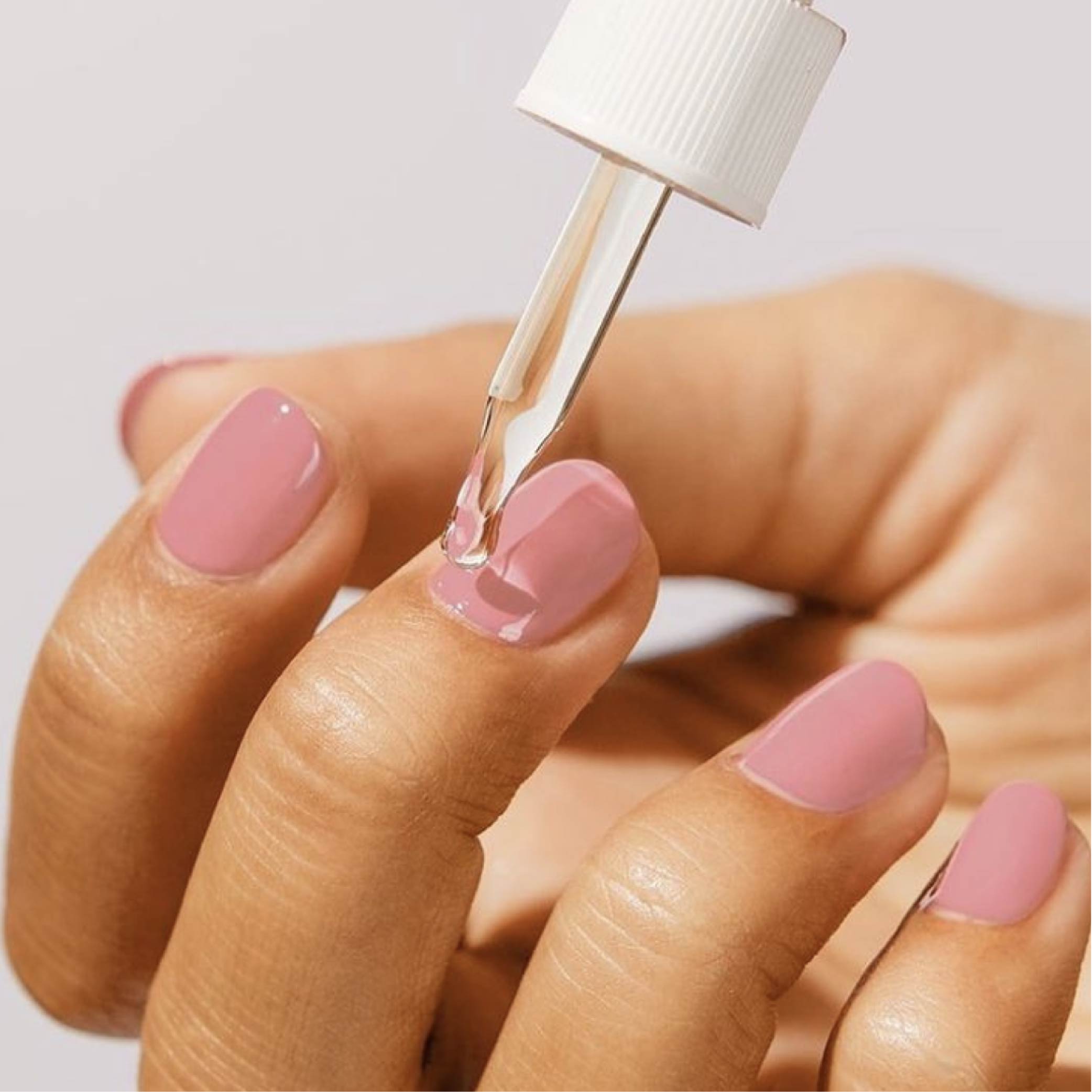
Cuticles and Nail Health: A Summary
Cuticles as Indicators of Overall Health
Changes in cuticle appearance may signal nutritional deficiencies or health issues such as thyroid problems. By paying attention to your cuticles, you might be able to detect early signs of broader health concerns.
Cultivating a Routine for Optimal Nail Care
Developing a routine that includes cuticle care can lead to noticeably healthier nails. Good practices like regular moisturizing, gentle handling, and protection can keep both your cuticles and nails in excellent condition. Remember that healthy nails start with well-maintained cuticles.
Understanding Cuticles in Nail Health
Defining the Cuticle’s Location and Function
Situated at the nail’s base, the cuticle is a transparent layer of skin stretching across the nail’s bottom edge. It’s distinct from the surrounding skin and is responsible for sealing off the space between the nail and the epidermis. This seal is imperative to prevent the invasion of microbes that could cause infection, especially in the vulnerable area where the nail is formed. It is a guardian of the nail matrix, which is responsible for nail growth, thus playing a pivotal role in ensuring that our nails remain healthy and strong.
Anatomy and Structure of Nail Cuticles
A closer look at nail cuticles reveals their complex structure. They are designed to be flexible yet strong, comprising tightly packed layers of skin cells bound by fats, which are crucial for maintaining the integrity of the barrier. Cuticles mirror the durability of nails, as the keratin found in them is sturdy and resilient. Ensuring these cells and fats remain balanced is important for cuticle health, as an imbalance could lead to a compromised barrier, making the area more prone to infections and nail growth issues.
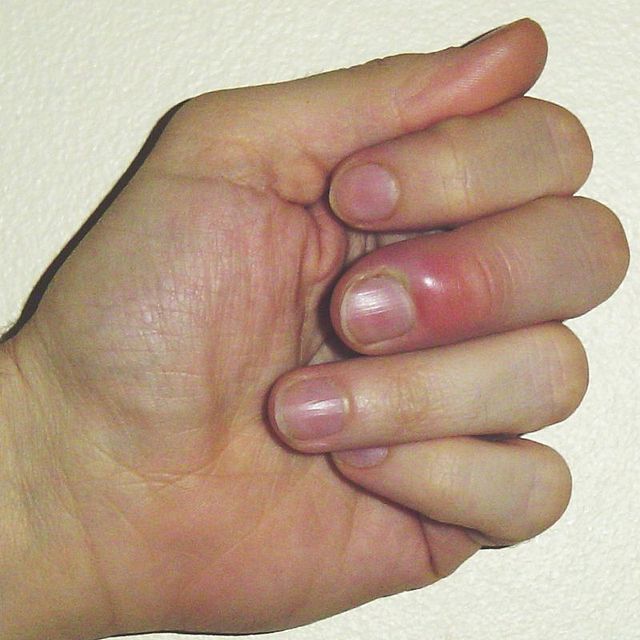
Cuticle Care and Nourishment
Best Practices for Nurturing Cuticle Health
A well-rounded cuticle care routine transcends aesthetics; it’s about nurturing and protecting. Treatments like soaking the fingers in warm water soften the cuticles, making them easier to manage. The use of cuticle pushers allows for gentle retraction without snipping, which can invite infections. Nourishing oils infused with vitamin E and other nutrients hydrate the cuticle, ensuring its flexibility and strength. These oils, when massaged in, also stimulate blood circulation around the nails, promoting healthier nail growth.
Dos and Don’ts in Daily Cuticle Care
Everyday habits can either help or hinder cuticle health. It’s vital to avoid harsh chemicals, such as acetone-based nail polish removers, which can dehydrate and weaken the cuticles. Gloves should be a staple during household cleaning or dishwashing to protect the cuticles from drying agents. On the other hand, daily cuticle oil application aids in maintaining the necessary moisture balance, and hence cuticle elasticity, preventing tears and hangnails that can be entry points for bacterial or fungal infections.
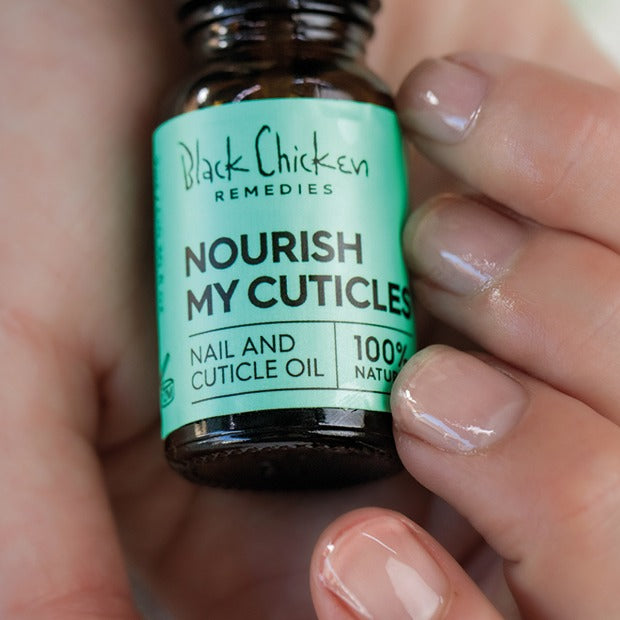
Addressing Cuticle Disorders and Misconceptions
Common Cuticle Conditions and Management
Cuticles are susceptible to conditions like hangnails, where small slivers of skin tear away from the cuticles, and paronychia, a bacterial or fungal infection around the nail. These conditions can be both painful and detrimental to nail growth. Managing such conditions involves keeping the area clean, applying antiseptic solutions, and seeking professional medical advice for persistent problems. Awareness and early treatment of these minor issues can prevent more severe nail conditions.
Enhancing Cuticle and Nail Wellness
Nutrition plays a role in cuticle and nail wellness, with a balanced diet rich in proteins, vitamins, and minerals contributing to the maintenance of strong and resilient nails. Hydration is equally crucial—drinking ample water keeps the entire body’s skin, including that of cuticles, supple and resilient against cracking. These practices ensure that the cuticles are less prone to common issues like brittleness and splitting.
Conclusion: Embracing Comprehensive Cuticle Care
Emphasizing the Cuticle’s Significance in Nail Aesthetics and Health
The cuticle may be a small and sometimes neglected part of the nail anatomy, but its contribution to nail health cannot be understated. Proper care and attention can prevent a host of nail issues, provide a clean and healthy appearance, and support the overall condition of your hands. Recognizing its role is the first step towards comprehensive nail health that extends beyond mere appearances.
Committing to a Regular Care Regimen for Optimal Nail Health
Making a commitment to regular cuticle care can yield significant benefits for your nail health. Incorporating simple steps like moisturizing, protecting, and gentle grooming into your daily routine doesn’t take much time, but the payoff is substantial. You can ensure that your nails not only look their best but also remain healthy, robust and fully capable of withstanding the daily challenges they face. Cuticles may be small, but they require our attention – respecting their role in our nail health is a smart investment in our overall wellbeing.
Cuticle Insights: Deepening Our Understanding
Decoding the Biological Purpose of Cuticles
In the grand anatomy of the human body, each part serves a calculated purpose, and the cuticle is no exception. By adhering closely to the nail plate, it performs a silent yet critical nightly guard against the infiltration of unwelcome elements that might disrupt the nail’s intricate growth process. This defense mechanism is essential, as our hands constantly come into contact with a diverse range of substances and conditions, from water to dirt, which comprise the primary threats to nail health.
Impact of Lifestyle on Cuticle Condition
Our lifestyle choices significantly influence cuticle health, often more than we realize. Regular handwashing, while a hygienic practice, can strip away natural oils if not counterbalanced with moisturization. High-contact activities and manual labor can impose physical stress on the cuticles, sometimes leading to tears or trauma. Being mindful of these effects, it’s necessary to integrate protective steps in our daily routines, such as using mild soaps and repairing hand creams, to ensure the fortitude of our cuticles.
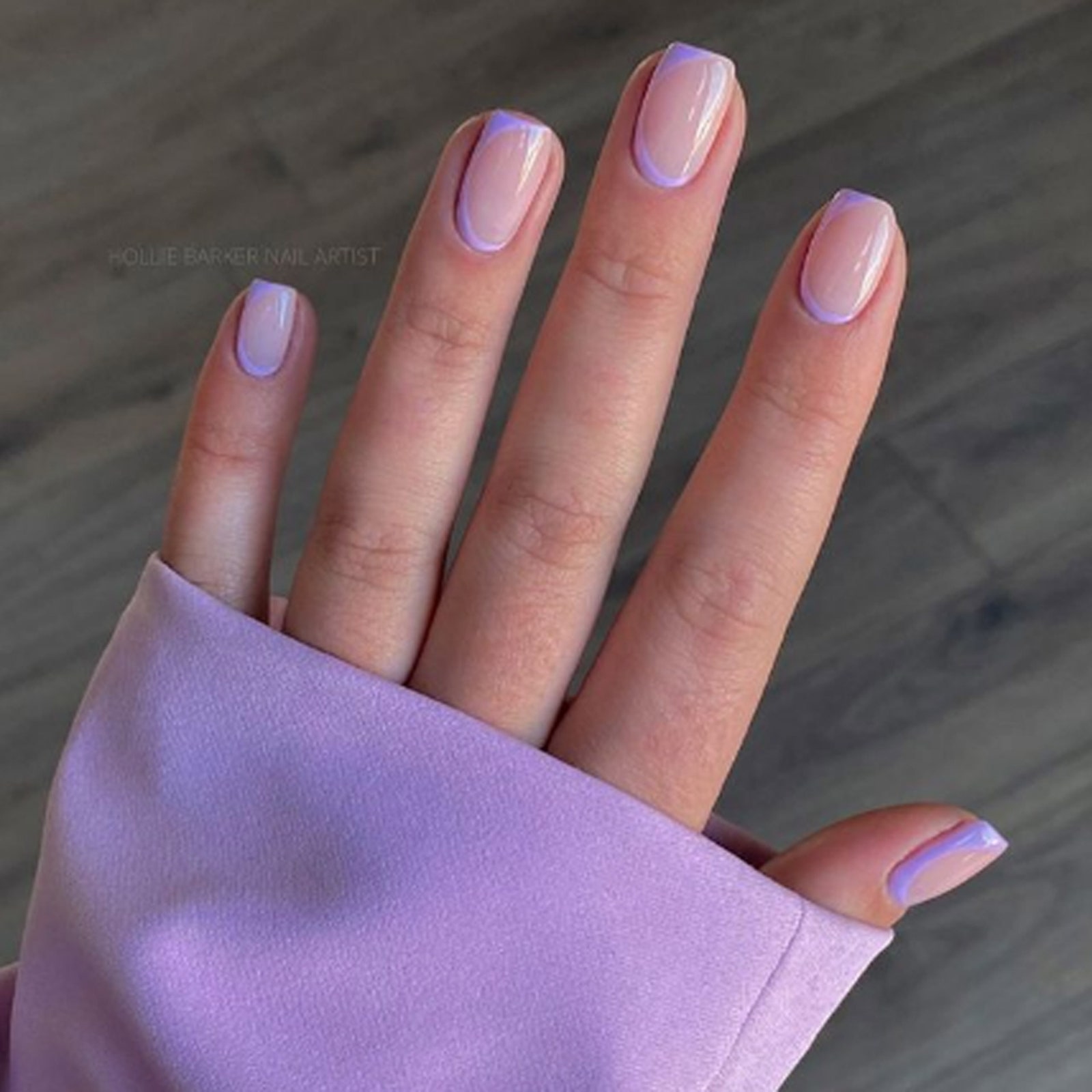
Practical Cuticle Management Techniques
Home Remedies for Cuticle Restoration
Home remedies for cuticle care are plenty, allowing for simple yet effective management of their health. Natural oils—like coconut, jojoba, and almond oil—serve as excellent emollients, rejuvenating dry and damaged cuticles with their soothing properties. Applying a dab of honey, which has natural antibacterial qualities, can aid in the healing of minor cuticle wounds. These home-based treatments are cost-effective alternatives that promote the wellness of cuticles with minimal effort.
Emergency Cuticle Care: Addressing Sudden Problems
Even with the best care, emergencies can arise. A torn cuticle can happen when least expected, and knowing how to address it is crucial. Immediate cleaning with soap and water, followed by applying an antibiotic ointment and bandage, can prevent infection and support healing. Avoiding water contact and keeping the area dry will aid recovery. For persistent issues, or if swelling and redness occur, consulting a healthcare professional is advisable to prevent further complications.
The Beauty Aspect: Cuticles in Nail Aesthetics
The Role of Cuticles in the Aesthetics of Manicured Nails
Cuticles may play a subtle role, yet they are integral to the polished finish of manicured nails. A well-kept cuticle complements the nails, much like a delicate frame enhances a painting. Nail technicians often gently push back cuticles to give nails a longer, more elegant appearance while also applying treatments to improve their health. A healthy cuticle is the foundation of a beautiful manicure, providing the perfect starting point for a flawless paint job or nail art.
Innovations in Cuticle Treatments in the Beauty Industry
The beauty industry continues to innovate, offering advancements in cuticle treatments that provide enhanced results and greater convenience. Cuticle masks, much like face masks, provide intense hydration and are gaining popularity for at-home nail care. Specialized cuticle erasers and exfoliators also help maintain the delicate area, reducing overgrowth and smoothing out rough edges. These products allow for a spa-like experience and emphasize the importance of cuticle care in achieving professional-looking manicures.
